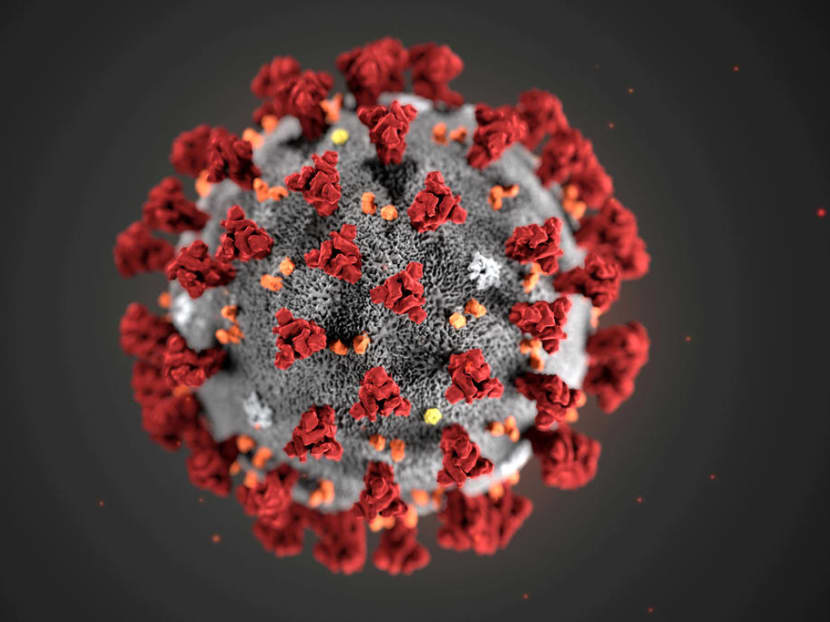Zero new daily Covid-19 cases in Singapore ‘possible’, but not sustainable amid risk of new waves: Experts
SINGAPORE — The number of new Covid-19 cases in Singapore may be at its lowest since the start of the crisis, but infectious diseases experts said that it is not realistic to hope for zero new daily cases for a sustained period of time, at least not for now.
- Zero new cases could happen, but is unrealistic over sustained period of time, said experts
- Vital to test more to ensure consistent low numbers of new cases
- Number of new locally transmitted cases has not exceeded 10 per day since Oct 1
- Danger of virus slipping into a vulnerable population persists, as quarantine and tests of imported cases cannot guarantee leakage won’t happen
SINGAPORE — The number of new Covid-19 cases in Singapore may be at its lowest since the start of the crisis, but infectious diseases experts said that it is not realistic to hope for zero new daily cases for a sustained period of time, at least not for now.
Instead, it is key that Singapore aims to test more people, so as to identify and isolate Covid-19 cases and ensure consistently low levels of cases in Singapore, two experts said in response to queries from TODAY on Tuesday (Oct 13).
They were commenting on the downward trend of infections detected in Singapore over the past 12 days, as well as other encouraging milestones reached in recent days, which have led some to be hopeful that the goal of zero daily cases will come soon.
On Monday, the health authorities detected four new cases of Covid-19, the lowest number since March 4. There were also zero dormitory infections on Tuesday (all four cases were imported), the first time in over six months that this was the case.
Since Oct 1, the number of new locally transmitted cases of Covid-19 infections has not exceeded 10 per day — a threshold that infectious diseases statistician Alex Cook previously said meant that containment measures could be eased.
Even then, Associate Professor Cook, vice dean of research at the Saw Swee Hock School of Public Health, told TODAY on Tuesday that a “zero case” daily target will not be sustainable or realistic. This is especially since the number of imported cases is expected to increase as cross-border travel gradually resumes.
“Even 14 days of quarantine plus a swab test at the end probably does not 100 per cent guarantee the traveller is uninfected, so some leakage to the general community may continue,” said Dr Cook.
“We therefore should aim not for zero cases, but consistently low levels of community cases that we quickly identify and isolate.”
Professor Paul Tambyah, President of the Asia-Pacific Society of Clinical Microbiology and Infection, said that having zero cases is possible.
But he also noted that Singapore’s cumulative test positivity rate — the percentage of all Covid-19 tests conducted that turn out to be positive — was around 5.8 per cent as of Oct 5.
This is close to what some experts' have found that a cumulative rate of under 5 per cent could indicate a decline in the outbreak, said Prof Tambyah.
“Singapore’s current two-week test positivity rate is well under 0.1 per cent, which is far below the World Health Organization's threshold, indicating that the outbreak is under control.”
He said the key to having no new cases over a sustained period is by identifying all cases and their contacts, having appropriate isolation and quarantine measures, and conducting broad scale surveillance to find cases early.
“Sentinel surveillance is done among cases of acute respiratory infection in polyclinics and those hospitalised for pneumonia. It would be good to know how many of these are being tested and what the results are,” he added.
MINIMISING RISK OF NEW WAVE
However, Dr Tambyah pointed out that it is still not easy to obtain a Covid-19 test while displaying no symptoms, unless the person belongs to a certain category, such as a returning traveller or a worker in the marine and construction industry.
Currently, swab tests are generally not performed for those who are worried that they may have the disease but do not display symptoms.
The exception is those who are a close contact of a confirmed case, or those about to travel to another country and require pre-departure tests.
As of Oct 5, Singapore has tested around 988,000 people and taken more than three million swabs. It currently conducts an average of 26,700 tests each day.
With Singapore’s air borders slowly reopening to travellers under various arrangements, Dr Cook said it takes “judicious testing with a combination of gold standard and rapid tests”.
In that way, Singapore can keep the risk to a level that contact tracing can “mop up”, he said.
This is on top of good health-seeking behaviour, diligent contact tracing efforts, and a responsible community that adheres to social distancing rules, said Dr Cook.
For him, the biggest danger is if the virus slips into a vulnerable population, such as the elderly, who are more likely to die from the disease.
Dr Tambyah agreed, noting that other countries face problems grappling with new waves due to minimally symptomatic or asymptomatic individuals, which can occasionally lead to infections of vulnerable individuals.
On Monday, a 64-year-old Singapore permanent resident died from complications due to Covid-19. He is the 28th person in Singapore to die from the disease.
He had been working in India since last December and had returned to Singapore on Sept 23, and was placed on a stay-home notice.
There are currently around 5,500 people still under quarantine. Most are in government quarantine facilities and are believed to be foreign workers.
Asked about this, Dr Cook said as the number of cases in the community and dormitories falls, the number of people needing to be quarantined will fall too.
Even though placing people in quarantine has an economic impact, he said the goal is not to reach zero quarantine numbers.
“Quarantine of contacts, and isolation of cases, has been one of the key components of our success so far, as well as many other Asian countries. So we should continue to impose quarantine on contacts of cases to prevent them from infecting others.”
Even if leakage of Covid-19 infections to the general community may cause a new outbreak, Singapore still has the “nuclear option” of another circuit breaker, he added.
“In principle, we can recover control of the situation by going into the circuit breaker again… Let’s hope that isn’t necessary,” he added.
CLARIFICATION: An earlier version of the article quoted Prof Paul Tambyah as saying that the World Health Organization (WHO) has an under-5 per cent target for positive test results for Covid-19. Prof Tambyah has clarified that the target was derived by experts not affiliated to the WHO.









